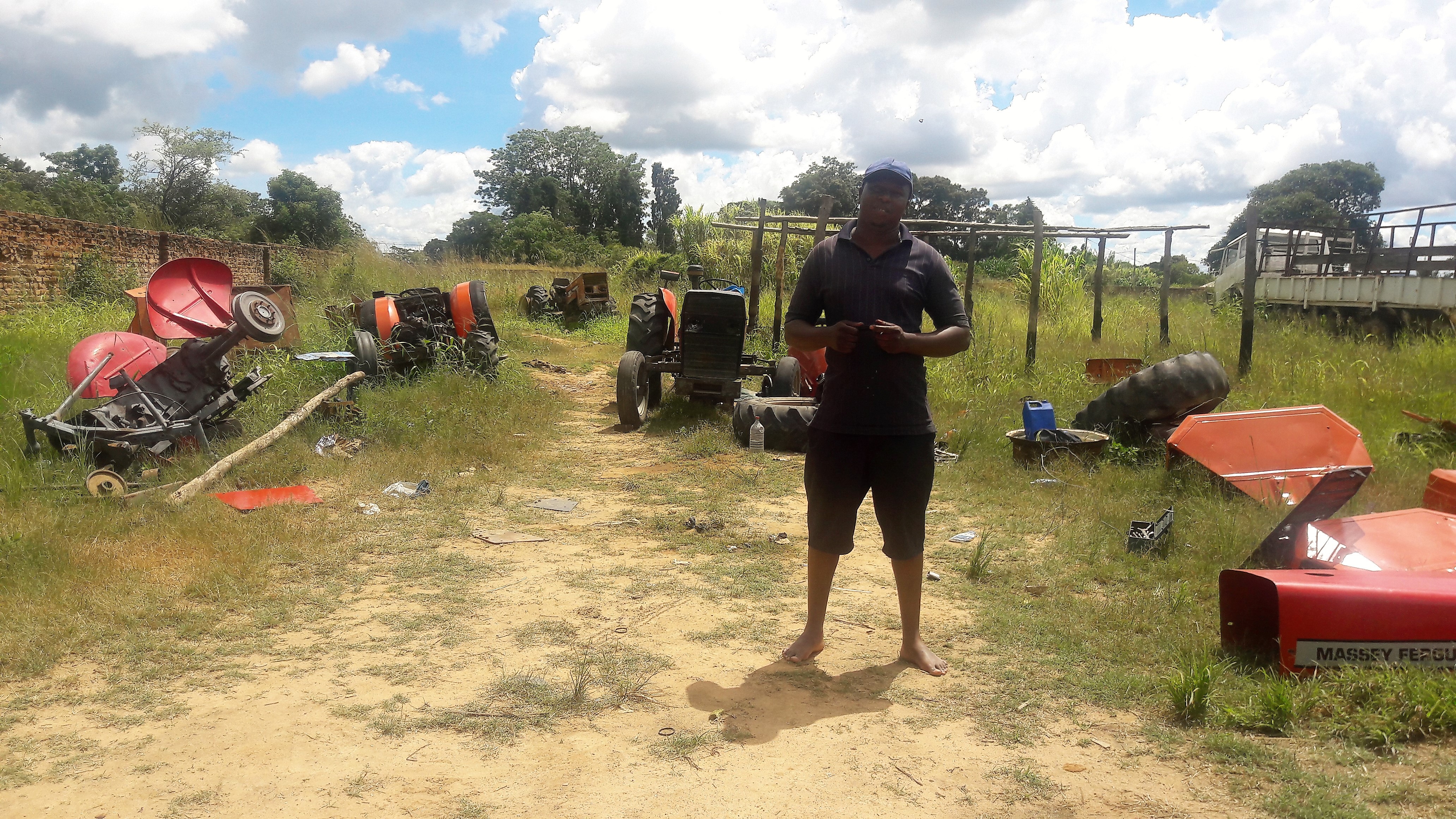Youth engagement with commercialisation hotspots in Zimbabwe

My interest in youth and agriculture commercialisation stemmed from two pivotal moments in the past decade. One from an ‘accidental finding’ from a 10-year longitudinal study of land beneficiaries of the Fast Track Land Reform (FTLRP) in Sanyati District, Zimbabwe for my doctoral study. Here, young people (children of the first settlers and those from surrounding urban areas) had made deliberate decisions to stay in or step into agriculture production and/or actively engage with the broader rural agrarian economy. The other pivotal moment came from a meeting with both government and civil society, in which the policy narrative on the developmental challenges of young people in Zimbabwe centred on their disinterest in the agrarian economy and in finding income-earning opportunities that seemed to have an industrialisation and urban focus. This viewpoint and my ‘accidental finding’ called me to question and interrogate the broader narrative on how to relate to the youth challenge and the theory that the rural economy – built around agriculture but encompassing much more – will be able to provide employment opportunities for many millions of young people into the near future.
The theory is that rural areas, where such transformational processes take root, will provide more diverse and better remunerated on- and off-farm employment opportunities for young people. However, to date there has been little research that looks specifically at how rural young people in Africa engage with, or are affected by, two processes closely associated with rural transformation – agricultural intensification and agricultural commercialisation.
Research
The proposition that underpins the APRA Youth Policy Study is that important insights about rural youth and commercialisation can be gained from studying existing commercialisation hotspots. In recent research in the Mvurwi farming area in the Mazowe District, Zimbabwe, we examined steps and pathways with which groups of young people in rural Zimbabwe seek to construct livelihoods in or around areas of significant agricultural commercialisation, and the outcomes associated with these efforts. In-depth interviews of 40 young people between the ages of 15 to 35 were undertaken.
We identified four possible modes of engagement within commercialisation hotspots: (1) on-farm production, (2) on-farm wage labour, (3) off-farm-wage labour, and (4) business operation. Within each of these modes of engagement there are a range of income-generating activities; for example, on-farm production might entail production of cereal, horticultural or commercial crops (like maize and tobacco); while off-farm wage labour might involve working as a vegetable vendor, shopping assistant or selling clothes or hardware in a flea market. Between and within these different modes of engagement, there are different resource, knowledge and social barriers to entry, and it is these differences that have important implications for those who are able to take advantage of particular opportunities.
The study reveals that, while many young people had not initially placed farming as an aspiration whilst in school, there was disappointment around education and financial need, whereas for others opportunities created by the FTLRP were key motivations for entering the rural economy. Our findings show an agile and determined group of young men and women who have consciously decided to make good on their early setbacks and have turned to the rural economy for a myriad of economic activities to augment their revenue streams. Even though many of the activities engaged with have low barrier to entry, most interviewees still required some form of support from social networks or families to start and maintain their economic activities or to access resources in the form of land, capital and inputs. Engagement in agricultural activities enabled these young people to accumulate a range of assets including residential plots, investment into their own education and that of their children, household goods, vehicles and business operations. Accumulation of these assets reflects the combination of a relatively dynamic rural economy, enabling social relations, plus hard work and determination.
However, what is of concern is that the livelihood activities of these young people are vulnerable to hazards, which can destroy any economic gains made from their multiple economic activities. The hazards described include drought and unreliable rain, the unstable macro-economic environment, price distortions due to interference by middlemen, ill-health and demand for money to meet obligations of the extended family. Hazards such as these are part of daily life and may necessitate the liquidation of hard-won assets. As such, young people adopt a ducking and diving approach to navigate the structural, physical and individual hurdles or hazards that they encounter in a bid to forge a living and future within this vibrant rural economy.
The overall conclusion of the study is that an area of intensive agricultural commercialisation, compared to one with limited commercialisation, provides opportunities for young people across the different modes of engagement. It shows that the experiences of these youths in efforts to build their livelihoods deserves policy attention and a shift in the developmental narrative on youth and agriculture.
Recommendations
These findings have two key implications for strategies that seek to promote employment for Africa’s youth who reside in rural areas. Firstly, policy options, for young people in Zimbabwe’s rural economy, need to first acknowledge that the rural economy presents opportunities for young people across the different modes of engagement. Second, policy and existing programmes ought to protect young people’s accumulated gains from hazards in the rural environment. One way to do this is through social protection programmes to support initiatives emerging from within the rural economies themselves, such as the expansion of access to resources under a government subsidy programme, not limited to ownership of land. There may also be opportunities to use programmes to make it less likely that key assets would need to be liquidated in order to meet unexpected or emergency expenses. The findings also have relevance with the need to address issues around quality, completion and outcomes associated with rural people’s education.
Written by: Easther Chigumira
Photo credit: Easther Chigumira
